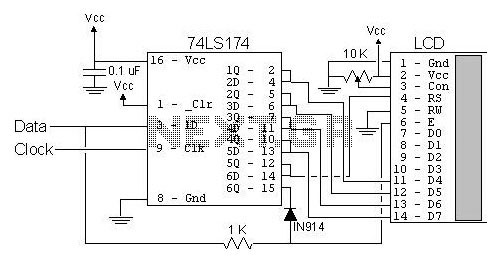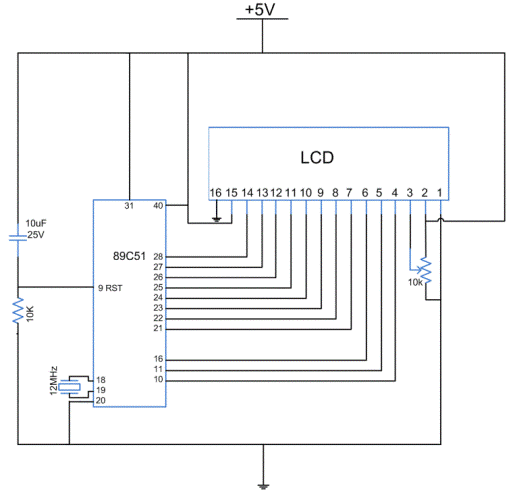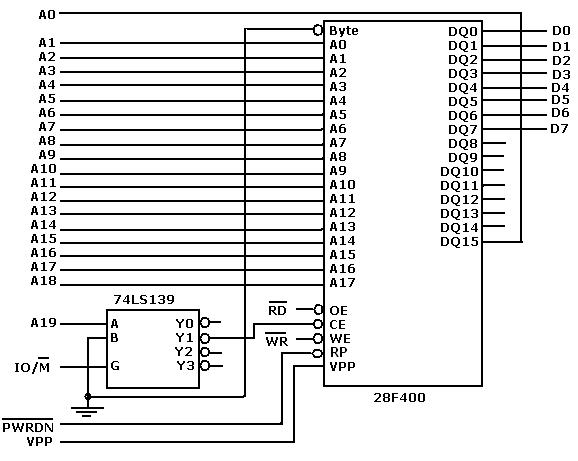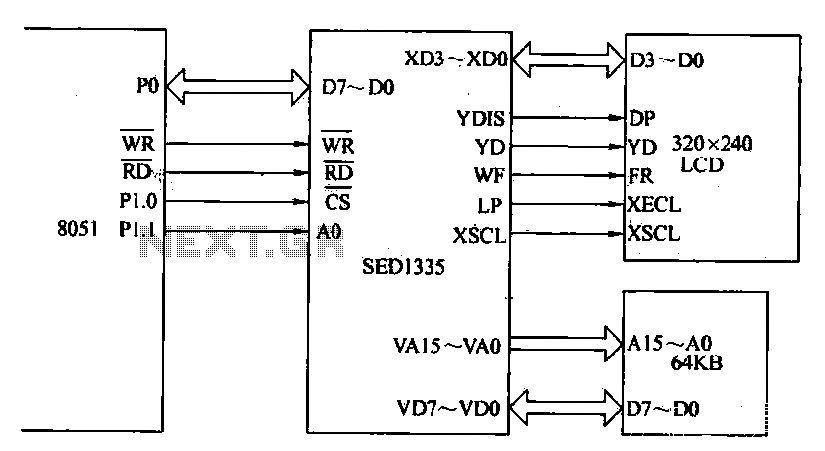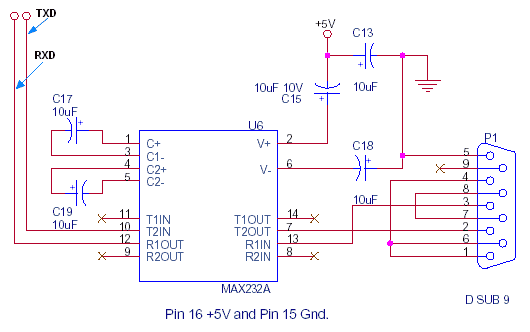
Serial MIDI Interface
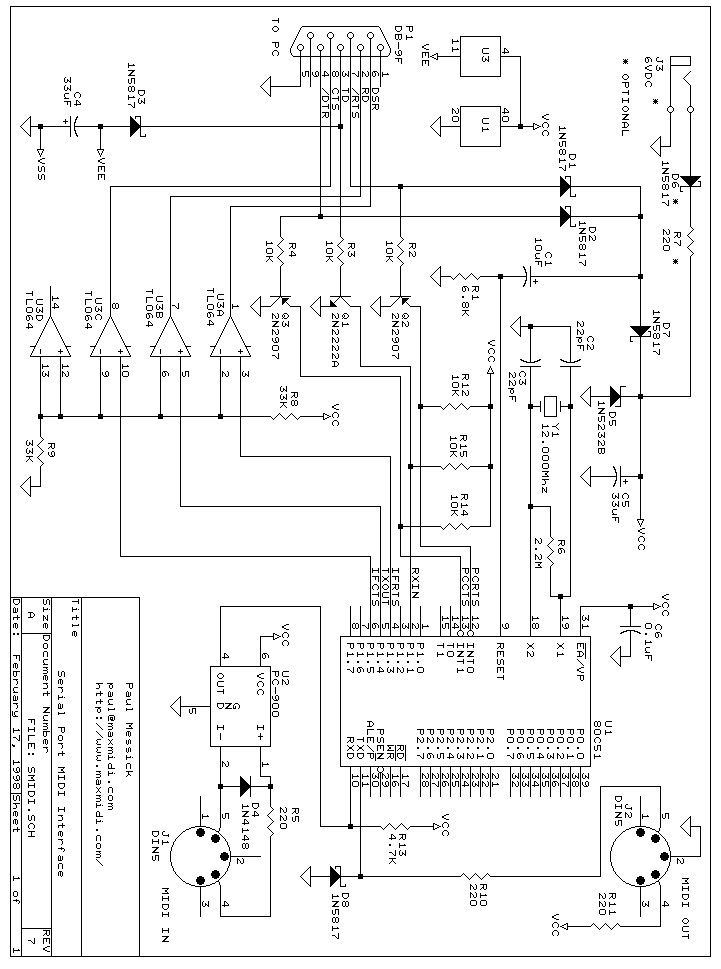
This page describes how to build this full-bandwidth single-port (one input and one output) MIDI interface. The interface is buffered (that is, if the PC gets behind you won’t lose data) and it works in Windows 3.1 and Windows 95 using a special (and very well-behaved) device driver. A simpler version, using an Atmel AT89C2051 microprocessor, is described here. More: Some specifications:
MIDI input buffer size: 124 bytes
Baud rate to/from PC: 38,400 baud
Processor: 80C51/87C51
Can be built using either external EPROM or single-chip processor.
Powered by PC serial port.
EPROM version may require an optional.
The described MIDI interface is a full-bandwidth, single-port device designed for efficient communication between a PC and MIDI instruments or controllers. The buffering feature ensures that data is not lost even if the PC's processing speed lags behind the incoming MIDI data stream. This is particularly useful in scenarios where real-time performance is critical, such as live music applications or complex sequencing tasks.
The interface operates at a baud rate of 38,400, which is standard for MIDI communication, ensuring compatibility with a wide range of MIDI devices. The use of an 80C51 or 87C51 microprocessor allows for flexibility in design, as these processors are commonly used in embedded systems and provide sufficient processing power for handling MIDI data efficiently.
For implementation, two options are available: a design utilizing an external EPROM for firmware storage or a simpler design using a single-chip processor, such as the Atmel AT89C2051. The choice of an external EPROM may allow for easier updates and modifications to the firmware, while the single-chip option can simplify the overall design and reduce component count.
The interface is powered directly from the PC's serial port, which eliminates the need for an external power supply, making it convenient for portable setups. The design may also include optional features, such as additional indicators or controls, depending on the specific requirements of the user or application.
Overall, this MIDI interface design provides a robust solution for integrating MIDI devices with older PC systems, ensuring reliable data transfer and ease of use.This page describes how to build this full-bandwidth single-port (one input and one output) MIDI interface. The interface is buffered (that is, if the PC gets behind you won`t lose data) and it works in Windows 3.1 and Windows 95 using a special (and very well-behaved) device driver.
A simpler version, using an Atmel AT89C2051 microprocessor, is described here. Some specifications: MIDI input buffer size: 124 bytes Baud rate to/from PC: 38,400 baud Processor: 80C51/87C51 Can be built using either external EPROM or single-chip processor. Powered by PC serial port. EPROM version may require an optiona 🔗 External reference
MIDI input buffer size: 124 bytes
Baud rate to/from PC: 38,400 baud
Processor: 80C51/87C51
Can be built using either external EPROM or single-chip processor.
Powered by PC serial port.
EPROM version may require an optional.
The described MIDI interface is a full-bandwidth, single-port device designed for efficient communication between a PC and MIDI instruments or controllers. The buffering feature ensures that data is not lost even if the PC's processing speed lags behind the incoming MIDI data stream. This is particularly useful in scenarios where real-time performance is critical, such as live music applications or complex sequencing tasks.
The interface operates at a baud rate of 38,400, which is standard for MIDI communication, ensuring compatibility with a wide range of MIDI devices. The use of an 80C51 or 87C51 microprocessor allows for flexibility in design, as these processors are commonly used in embedded systems and provide sufficient processing power for handling MIDI data efficiently.
For implementation, two options are available: a design utilizing an external EPROM for firmware storage or a simpler design using a single-chip processor, such as the Atmel AT89C2051. The choice of an external EPROM may allow for easier updates and modifications to the firmware, while the single-chip option can simplify the overall design and reduce component count.
The interface is powered directly from the PC's serial port, which eliminates the need for an external power supply, making it convenient for portable setups. The design may also include optional features, such as additional indicators or controls, depending on the specific requirements of the user or application.
Overall, this MIDI interface design provides a robust solution for integrating MIDI devices with older PC systems, ensuring reliable data transfer and ease of use.This page describes how to build this full-bandwidth single-port (one input and one output) MIDI interface. The interface is buffered (that is, if the PC gets behind you won`t lose data) and it works in Windows 3.1 and Windows 95 using a special (and very well-behaved) device driver.
A simpler version, using an Atmel AT89C2051 microprocessor, is described here. Some specifications: MIDI input buffer size: 124 bytes Baud rate to/from PC: 38,400 baud Processor: 80C51/87C51 Can be built using either external EPROM or single-chip processor. Powered by PC serial port. EPROM version may require an optiona 🔗 External reference
